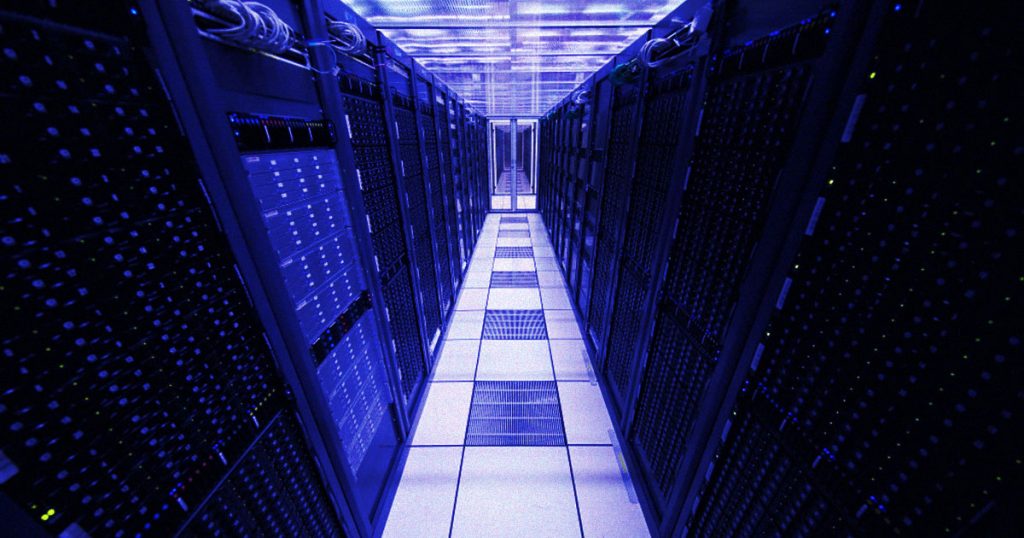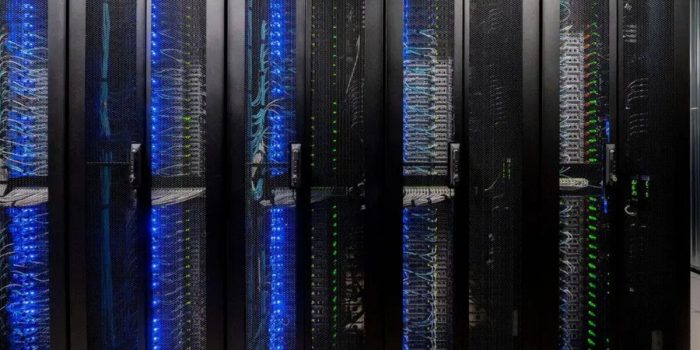A recent study titled ‘Making AI less Thirsty‘ has revealed that training artificial intelligence (AI) models such as GPT-3 in data centers can consume a staggering 700,000 liters of fresh, clean water. This is equivalent to the amount required to produce 370 BMW cars or 320 Tesla electric vehicles.
The research paper highlights that AI models are typically trained and deployed on energy-intensive servers located in massive data centers, which have earned the reputation of being energy hogs.
These data centers require millions of liters of clean water to generate the electricity needed to power the servers and cool them down. In fact, the cooling process alone requires a significant amount of water, making AI chatbots especially thirsty.
The study authors noted that the amount of water needed to train GPT-3 is equivalent to the volume of water necessary to fill the cooling tower of a nuclear reactor.

Gizmodo has reported that OpenAI has not disclosed the amount of time it takes to train GPT-3, making it difficult for researchers to determine.
However, Microsoft, who has collaborated with the AI startup and developed supercomputers for AI training, has claimed that their latest supercomputer is equipped with over 285,000 processor cores and 10,000 graphics cards.
Due to the scale of the operation required for artificial intelligence, this supercomputer necessitates extensive cooling.
Additionally, the researchers have elaborated that a simple conversation with ChatGPT, depending on the time and location of deployment, requires the AI model to consume a 500 ml bottle of water for 20-50 questions and answers.
“While a 500 ml bottle of water might not seem too much, the total combined water footprint for inference is still extremely large, considering ChatGPT’s billions of users,” the researchers said.
The researchers have claimed that their principled methodology has enabled them to accurately estimate the detailed water footprint, revealing that AI models, including Google’s LaMDA, can consume an astonishing quantity of water, potentially reaching millions of litres. – IANS


